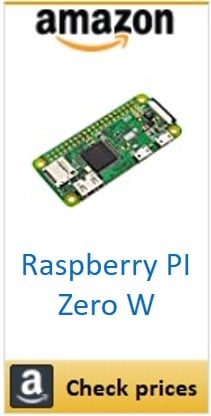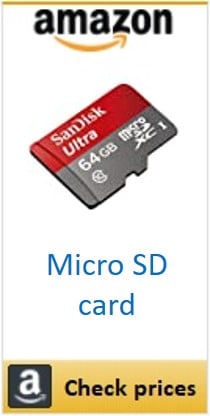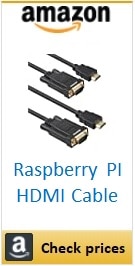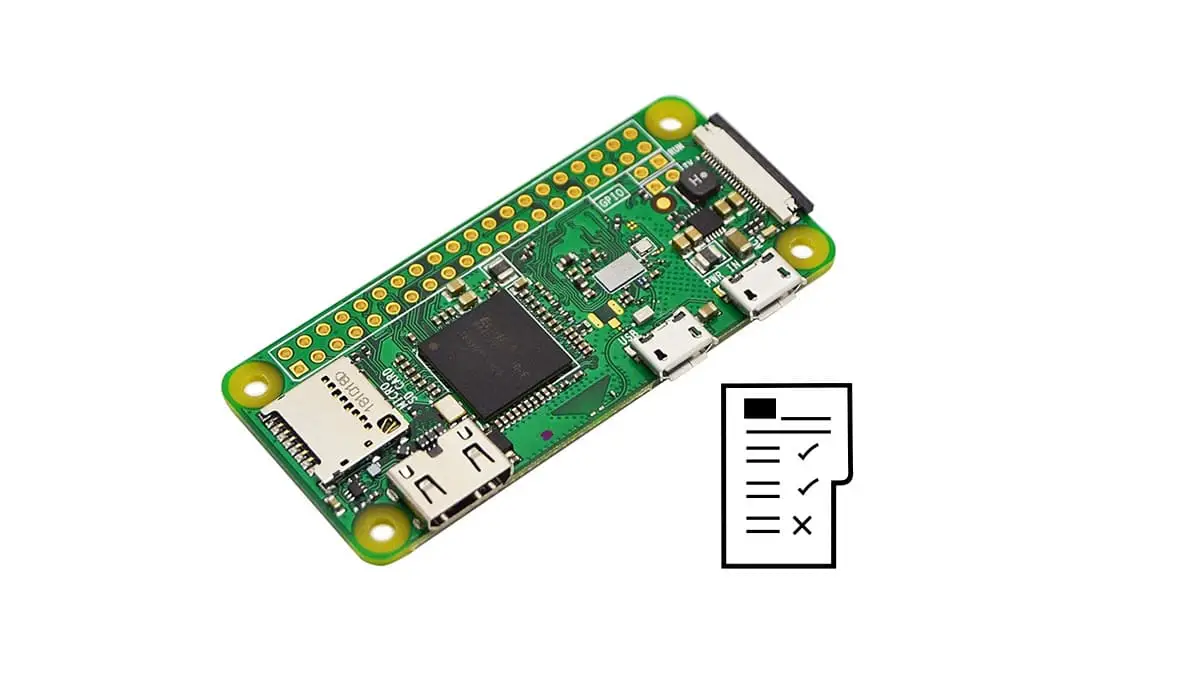Last Updated on 12th January 2020 by peppe8o
In my previous posts we have seen how a Raspberry Pi Zero W can be useful for many funny projects. We have used it to realize a media center, setup a web server to support your personal blog, or control a stepper motor for your first robotics project. This post will scroll Raspberry PI Zero WH datasheet.
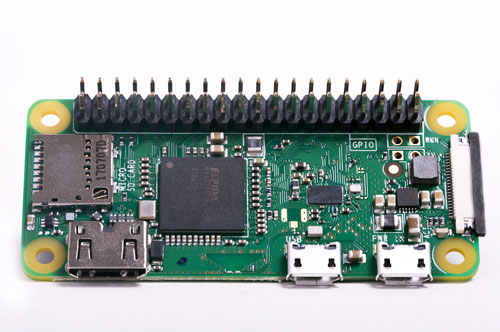
While Pi Zero W can be easy to use for remote services, using tasks its GPIO pins can be a little harder for soldering tasks needed. In this case there are some “solder-less” GPIO adapters called because they can be inserted without soldering which can help dummies.
In 2018 the Raspberry Pi Foundation has launched a new Pi model, the Pi Zero WH. The difference between this edition and the older Pi Zero W is its pre-soldered GPIO header. As the Foundation explained (see this article) “the new Zero WH has been launched to support those customers who did not want to or feel comfortable with soldering the header themselves.” Mike Buffham, Raspberry Pi Foundation Director of Product Management, clarified that “it seemed sensible to solder the GPIO header on during manufacture, the move is not completely simple. As the GPIO header is soldered to the opposite side to other components, this means the boards have to go through the solder baths twice.”
Hardware datasheet
So, hardware features are the same as Raspberry Pi Zero W (and WH) and are summarized below:
- Processor: BCM 2835 SOC
- Clock speed: 1GHz
- RAM: 512MB
- Built-in Wireless: BCM43143, WiFi + Bluetooth 4.1 + BLE (Bluetooth Low Energy), same as Raspberry Pi 3.
- Storage: micro-SD
- Display and Audio: mini-HDMI
- USB Port: 1 x micro-B USB for data (with power too)
- Power input: 1 x micro-B USB for power (no data)
- Camera interface: CSI camera connector (needs adaptor cable, 0.5mm pitch to pitch CSI)
- GPIO: Pre-soldered 40-pin GPIO connector
- Compatibility of GPIO: Compatible with existing HAT addons
- Dimensions: 65mm x 30mm x 5mm
Recommended accessories
To make Raspberry Pi Zero W/WH working, you will need to have also te following accessories:
- A good quality 5V power supply
- a microSD Card
- Mini HDMI to HDMI Adapter, or Mini HDMI to standard HDMI cable (only if used with a desktop environment)
- USB Keyboard (only if used without ssh connection and/or with a desktop environment)
Remember the importance of the correct Power Supply and microSD performance class (their impact on overall performances are described in one of my previous articles).
Once acquired, he next step could be installing its base OS (refer to install Raspberry PI OS Lite article) or use alternative ligth OSs (like DietPI).
What Can I Do With A Raspberry Pi Zero W/WH?
Below a projects list you can try with this board. Find more in peppe8o Home Page.
- Install a complete WordPress host in a Raspberry Pi
- Controlling a stepper motor with Raspberry Pi Zero W
- How to create a media center with your Raspberry Pi Zero W
- Setup a proxy server with Raspberry PI and Squid
- Setup a Tor (The Onion Router) proxy with Raspberry PI
- … and many more …
Enjoy!
Check hardware prices with following links:
